RPG-75 Grenade Launchers - From a Training Device to a Combat Variant
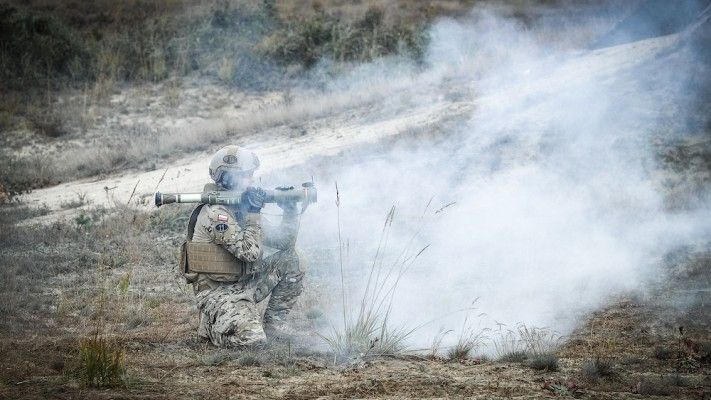
9 entities submitted their requests to participate in the Grot light anti-tank grenade launcher programme, before the deadline. One of the designs offered is the 68 mm RPG-75M launcher offered by Works 11.
Single-use anti-tank grenade launchers are to be introduced in high numbers into the inventory of the Territorial Defence Component and the Army. This is visible in the technical dialogue documentation that also asks questions about the costs of licensing or tooling, performance and procurement prices defined for quantities of 10, 50, and even 150 thousand launchers.
It is assumed by Works 11 that RPG-75 would be manufactured at ZSP Niewiadów Sp. z o.o. in cooperation with domestic businesses. This setting would also ensure full independence from the external partners. Most of the invested funds would remain circulated within the domestic economy. Interestingly, the ZSP Niewiadów facility also used to manufacture the single-use RPG-76 Komar system in the past.
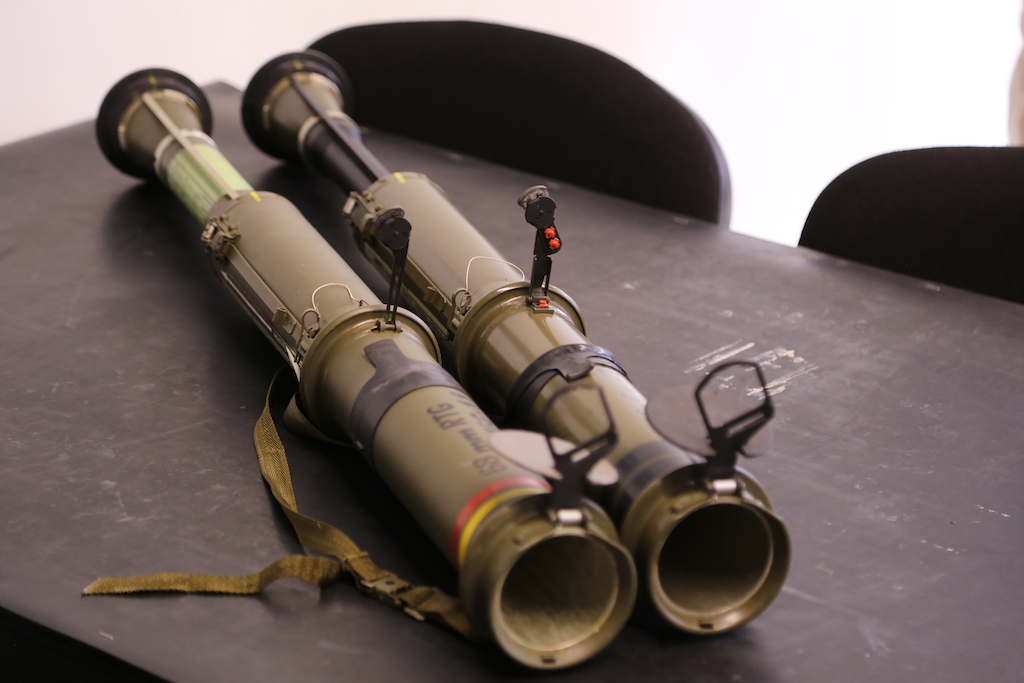
Works 11 representatives suggest that the manufacturing should be a low-cost process, due to the simplicity of the RPG-75 design. The company has also acquired the RPG-75 manufacturing license. Thus, no additional cost would need to be covered, if the Polish Ministry of Defence decides to launch the manufacturing of this system in Poland.
RPG-75 grenade launchers have become a part of the inventory of the Polish Special Operations Component (JW Grom unit since 2010) and they have been proven in combat in Afghanistan. Czech and Slovak military and at least a couple of other European nations also operate the RPG-75 system. The system has been proven in combat in the Middle East and Afghanistan. The weapon has also been tested and certified for use in the Polish military. This could potentially accelerate the introduction of the system in the inventory of the Polish Army, should it be selected within the framework of the Grot programme.
Reaktívny Protitankový Granát vz.75
The RPG-75M single-use anti-tank grenade launcher is a modified derivative of the Czech RPG-75 launcher (Reaktívny Protitankový Granát vz.75) designed in Czechoslovakia, back in the 1970s. At the moment, as the design has been refined during the first decade of the 21st Century, and as new variants have been created - including one with the thermobaric warhead (RTG - Reaktivní Termobarický Granát) - the system is being manufactured by the Czech Zeveta Ammunition company.
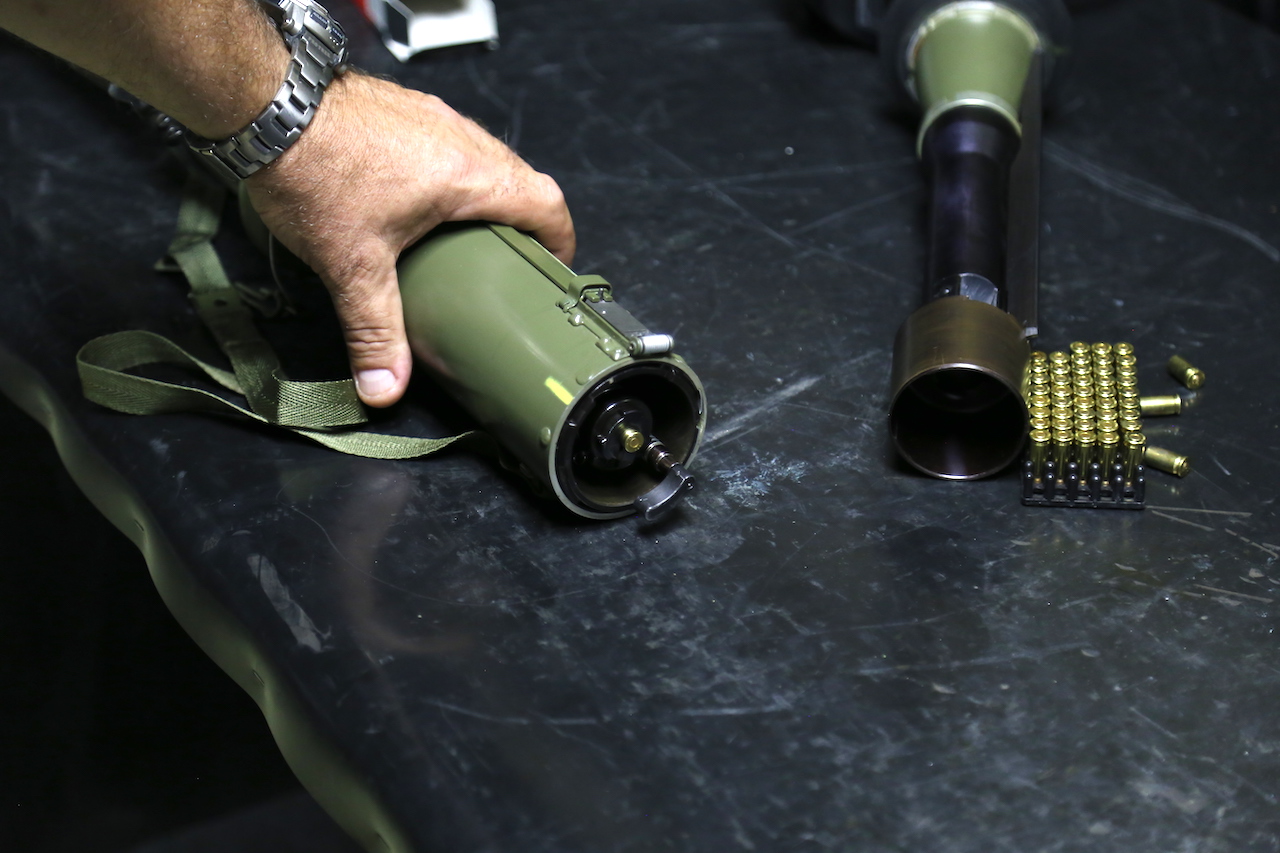
Contrary to similar designs, such as the M72, or the Russian RPG-18 - RPG-75 is a recoilless, not a rocket weapon. The projectile is driven out of the grenade launcher by ballistics, thanks to the detonation of a propellant charge contained in a telescopically extending portion of the launcher - the combustion chamber. Not only does the smaller diameter of that chamber allows for hiding the chamber inside the tube of the launcher, but it also has an impact on increased gas pressure, thus making the projectile faster. The velocity of the projectile for the RPG-75 launcher is as high as 189 meters per second. Due to the lack of a sustainer rocket motor, the projectile reaches the top speed at the moment when it exits the launcher. The projectile has no stabilizers and it has quite a small side cross-section. These features make it insensitive to the wind. The projectile arms itself 4-12 meters from the launcher.
Another important feature of the weapon that stems from the fact that no rocket propulsion is used, is the ability to safely launch it from an enclosed space.
As already said, the RPG-75 consists of two telescopically extending elements. The main one comes in a form of an aluminum alloy launcher tube, with a factory-installed projectile inside. The tube has also been fitted with the trigger, striker, and safety mechanisms, along with iron sight, offering 100, 200 and 300 meters aim settings. The other portion of the launcher is the steel combustion chamber with a nozzle - it is extended from the main tube. Once the tube is extended and unfolded, both sections of the launchers are kept together by a bayonet-mount style lock.
A single launcher weighs just 3.2 kilograms, it is 63 cm long in a transport setting. Ready to use, it is 89 centimeters long. The low weight and small size, as well as the ability to use air-blast warheads, have both become decisive, in the procurement of this system by the Polish GROM SOF unit back in 2010. The launcher’s service life is 10 years when stored in the original packaging.
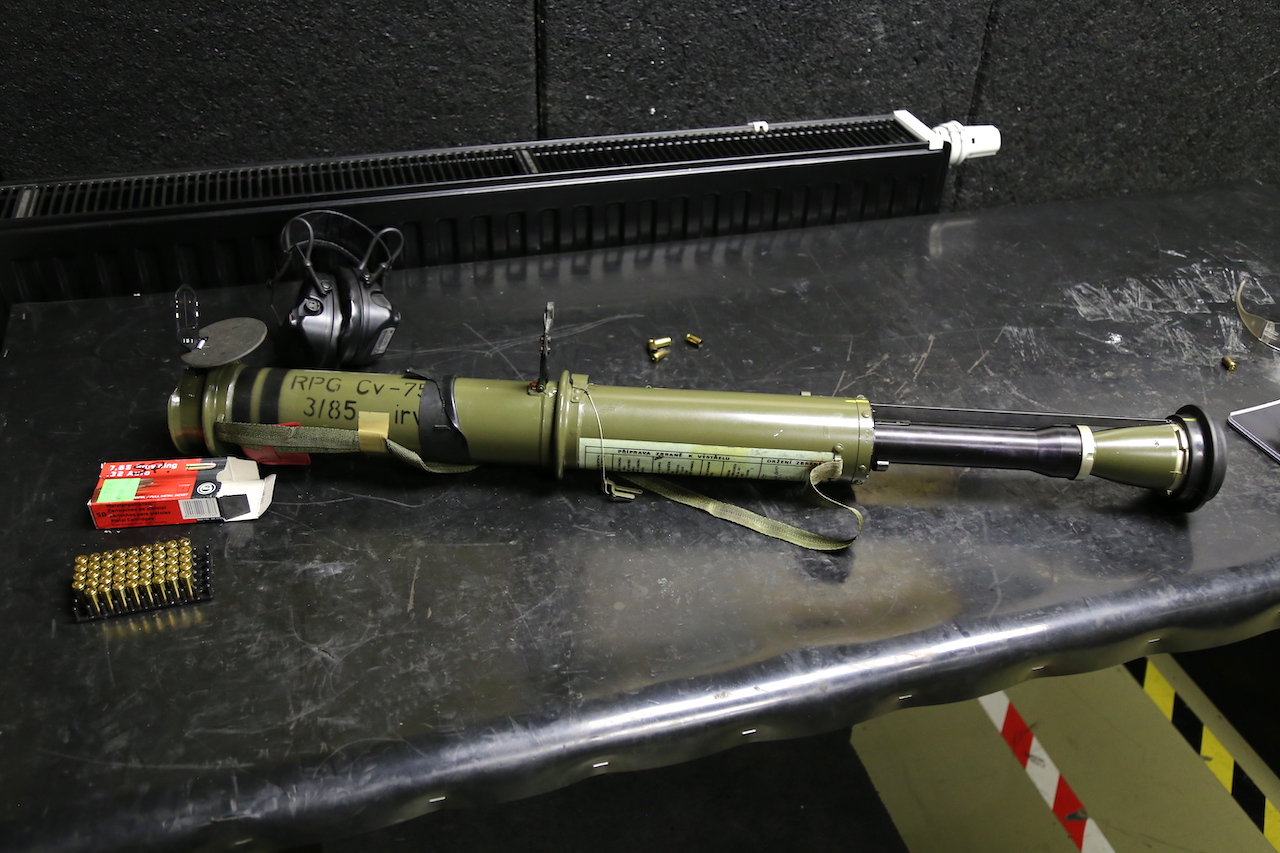
The RPG-75 launchers have been designed to act against threats at a distance of up to 300 meters (manufacturer-suggested effective range) - the sight could be fitted with a tritium light source so that the weapon can be used at night.
Works 11 and ZSP Niewiadów are getting ready to integrate a Polish-made holographic sight on the launcher. This could extend the range even further, up to 500 meters. Another option is to install Picatinny rails on the launcher - this would make it possible to use a variety of different sights available on the market, including night-vision sights or sights that are night-vision compatible.
The weapon has been designed to maximize the safety of use (resistance to different factors, including EMP, shock, fall, and so on).
Thermobaric and Beyond
At the moment, three basic combat versions of the weapon are available. RPG-75M uses an anti-tank warhead (penetration capability of more than 300 mm). It has been designed to act against armoured and non-armoured vehicles, including IFVs, APCs, and MBTs, if used against the weaker points of the armour. The warhead in question offers much greater capabilities - this is to be confirmed by the tests and research going on at the moment.
The second variant, the RTG warhead (RPG-75 TB), uses a thermobaric warhead. It can be effectively employed against fortifications, infantry and to neutralize armour (heavy MBTs included). In practical terms, the targeting systems, antennas, or external weapon modules are destroyed by such a warhead, if an MBT is hit. This renders the vehicle of such class virtually unusable.
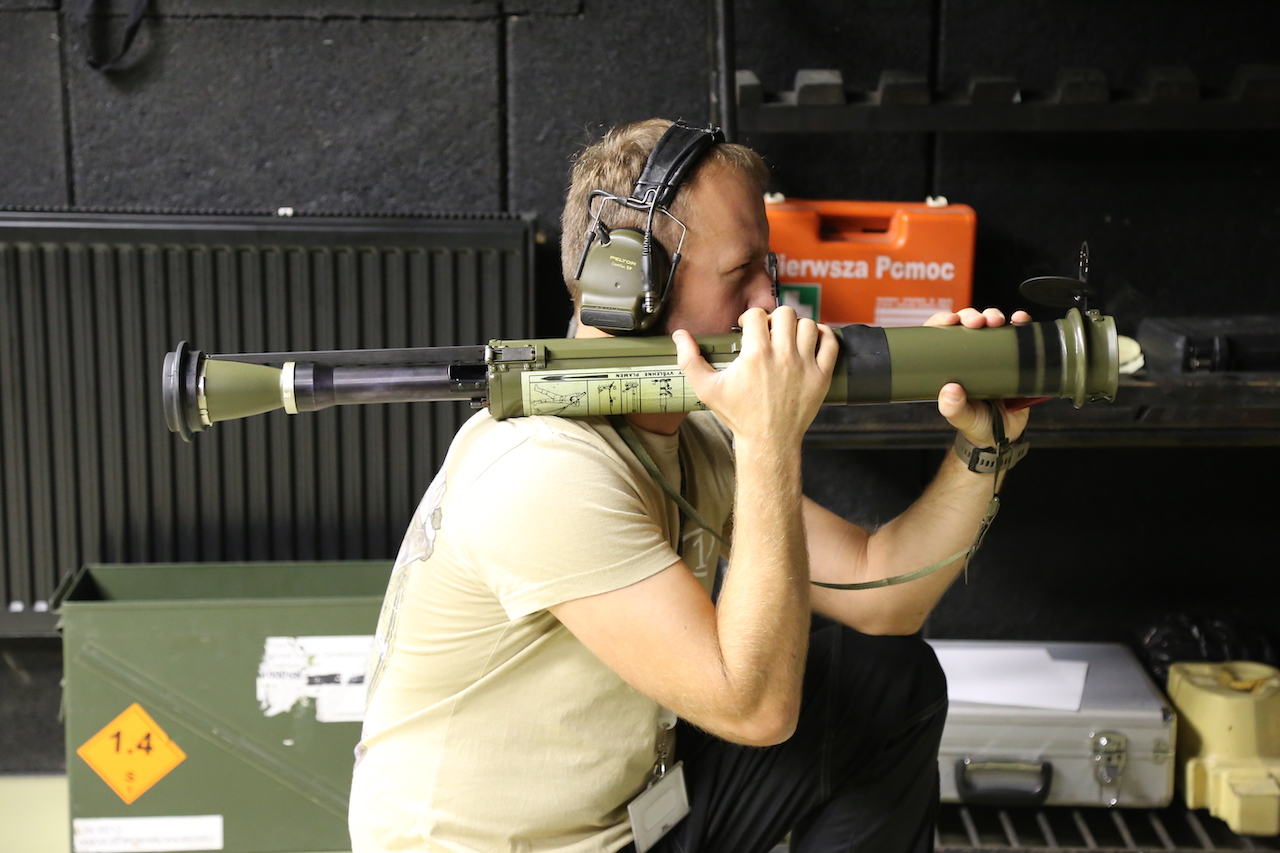
The third, multi-purpose variant is the RPG-75MP version with a shaped charge/thermobaric warhead. This type of warhead makes it possible to penetrate at least 150 mm of armour also creating an air-blast effect that enables the user to effectively act against infantry, in the open and hidden. The above means that the launcher in this variant can be employed against a broad array of threats. It can also be used against APC/IFV-class vehicles, penetrating their armour. The warhead also can neutralize the heavy armour, thanks to its thermobaric effect. The air-blast (thermobaric) warheads would be especially effective when used against vehicles with open hatches.
Training systems are also offered, alongside the combat version of the launcher. The above refers to the RPG-75 TP variant (with a neutral warhead), RPG-75 CW system with a barrel insert that makes it possible to train the usage procedures and shoot a simulated pistol round. The last version is a training mock-up, designed to teach the users how to handle, aim, and move the weapon around.
Practice Makes Perfect
RPG-75 CW is another solution offered by Works 11 - it makes it possible to train the grenade launcher operators even at indoor ranges.

The 7.65x17SR pistol rounds used here (also known from the Sa vz. 61 Škorpion machine pistol) make it possible to use the training variant of the launcher at small training ranges with targets located 25 and 50 meters from the shooter, with the use of the original sight. The 7.65 mm Browning round ballistics make it possible to simulate shooting with targets replicating the actual distance of engagements that would usually involve the use of the RPG-75 system.
The RPG-75 CW consists of two telescopically extending elements, similarly as the combat variant. The trigger and safety mechanisms, as well as the sight, also remain identical. Solely the rear sight has been reinforced, to achieve a longer lifetime.
The barrel insert slides in from the exit side, and it is locked by rotation of the extended combustion chamber. To load the projectile one needs to extend the combustion chamber and detach it through rotation. What’s interesting, in the case of the Czech design the firing pin directly initiates the pistol round. No extra charges are required, as it sometimes happens in case of the competing designs.
After the combustion chamber is locked, with the round in the barrel, the launcher is ready to use. The shooting procedure is identical as in the case of the combat variant, or as in the case of the RPG-75 TP inert warhead launcher.
Not only does the RPG-75 CW training system make it possible to train the manual skills or accuracy, at indoor ranges, it also allows for a quicker and more cost-effective training process, even when compared to the RPG-75P inert variant.
Mateusz Multarzyński
Article prepared in collaboration with the Works 11 Sp. z o.o company
